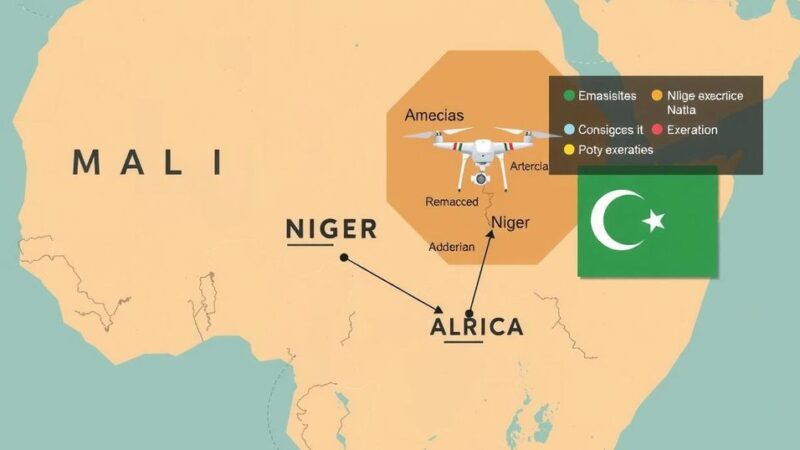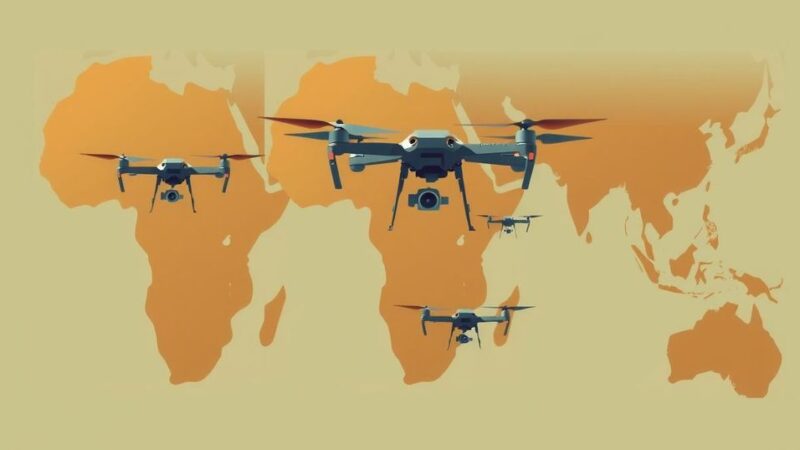Research indicates that artisanal gold mining in the Peruvian Amazon has caused more peatland damage in the last two years than in the previous thirty. This destruction risks extensive carbon release into the atmosphere and threatens local ecosystems. The study calls for urgent protective measures to conserve these vital environments as mining activities continue to escalate.
Recent research published in the journal Environmental Research Letters highlights alarming environmental damage caused by artisanal gold mining in the southern Peruvian Amazon. It reveals that in the last two years, this mining activity has resulted in more destruction of carbon-rich peatlands than occurred in the preceding three decades, significantly threatening both the climate and local ecosystems.
Gold mining has been prevalent for decades in the Madre de Dios region, primarily due to the gold found in the surrounding soils. Traditional mining practices have already led to extensive deforestation and carbon emissions. However, researchers, utilizing over 35 years of satellite data from NASA’s Landsat program, found that an additional 550 hectares of peatland have been destroyed, resulting in the release of between 0.2 and 0.7 million tons of carbon into the atmosphere, with over 55% of this damage occurring in the last two years alone.
Peatlands are crucial ecological assets, storing carbon more densely than forests do. Remarkably, the peatlands in this area store an equivalent amount of carbon as forests covering seven times the same area. Thus, even minor losses in peatland can significantly escalate greenhouse gas emissions.
Currently, peatland mining represents approximately 9% of all mining activities in the region and is rapidly increasing. Projections suggest that by 2027, peatland mining could constitute 25% of total mining. Notably, 63 out of 219 peatland areas have already been impacted, placing over 10,000 hectares at high risk, which could lead to emissions comparable to those of millions of vehicles.
The scientific understanding of these peatlands only emerged around 2012, and now, researchers who initially documented them are witnessing their degradation. Dr. John Householder, the corresponding author, articulated concerns regarding the rapid expansion of mining into these sensitive areas due to accessibility and inadequate law enforcement. He noted the urgency of preventing irreversible damage to these peatlands and warned of the broader environmental consequences if this trend continues.
Dr. Householder highlighted that many suspected peat deposits lack supporting ground data, emphasizing the importance of immediate protective measures to preserve these vulnerable ecosystems. Time is of the essence, as large peat deposits could vanish within a human generation, outpacing scientific documentation. The findings of this study underscore the critical need for conservation efforts regarding the region’s peatlands.
In conclusion, the destructive impact of artisan gold mining on peatlands in the Peruvian Amazon over the past two years is unprecedented. With rapid degradation leading to significant carbon emissions, the loss of these crucial ecosystems poses serious environmental threats. As mining activities expand, it becomes essential to enforce protective measures for the preservation of peatlands, ensuring their critical role in combating climate change is secured for future generations.
Original Source: www.eurekalert.org






